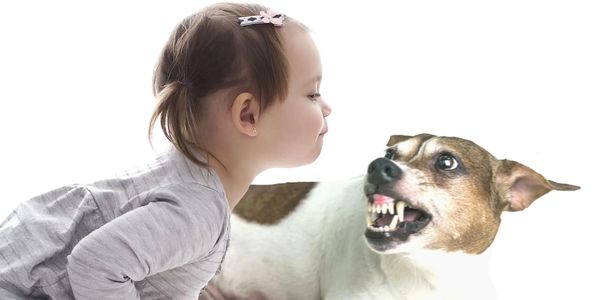Socialization is critical!

Socialization really is a matter of life and death!
“Behavioral issues, not infectious diseases, are the number one cause of death for dogs under 3 years of age” (American Veterinary Society of Animal Behavior, 2008).
How can “behavioral issues” be deadly? There is a logical, tragic progression. Puppies who are kept in isolation during their socialization window are more likely to be fearful. Fearful dogs are more likely to bite (Borchelt, 1983). And dogs who bite are at risk of losing their homes or their lives (Siracusa et al., 2017).
It is MUCH harder living with a fearful and/or reactive dog than a confident one. And a fearful/reactive dog can be a liability.

SOCIALIZATION WINDOW
Socialization only happens between 4 weeks old and 12-16 weeks of age. This is known as the “Socialization Window”. After that ‘window’ closes/ends, exposure to new things should continue, but you are then doing desensitization and counter conditioning that may or may not have lasting effects.
When puppies eyes and ears open, they start to experience the world around them. They learn what is safe and what isn’t. Up until about 12 weeks old, puppies form lifelong opinions about new things they experience.

The goal
The goal of socialization isn’t merely exposing your puppy to new things. The goal is to help your puppy form positive associations with the concept of change by using treats, play and praise. Your puppy should learn to love when things change and to love new sights, sounds, smells, people, etc., as much as he loves food and play! This will give him confidence to handle the ever-changing world we live in.
You can see several videos of socialization and training at The Best Puppy Camp at: https://www.youtube.com/@TheBestPuppyCamp
You can see several photos of socialization and training at The Best Puppy Camp on the Facebook Group: https://www.facebook.com/groups/thebestpuppycamp
What might your puppy experience at The Best Puppy Camp?
SPATIAL
UNUSUAL SCENTS (in containers)
UNUSUAL SCENTS (in containers)
Getting on things
Going under things
Going through things (tunnel)
Going between things/narrow gaps
Climbing safely(stairs, ramps, over things)
Narrow plank
Raised surfaces
Riding a sliding object
Riding a rolling object
Objects held over pup's head
UNUSUAL SCENTS (in containers)
UNUSUAL SCENTS (in containers)
UNUSUAL SCENTS (in containers)
Animal fur (cat, rabbit, alpaca, +)
Feathers
Cat nip
Kitchen spices (in container)
Scents through an open window
Scents while outside
Beach sand/shells
Small animal dirty bedding (in container - pet mouse, pet rat, hamster)
SOUNDS (recordings or real)
UNUSUAL SCENTS (in containers)
SOUNDS (recordings or real)
Construction noises
Big city sounds
Kids
Gun shots
Fireworks
Farm animal sounds
Doorbells/knocking
Dogs barking
*Sounds started at very low volume and increased as the puppy shows no reaction.
AND MORE!
(Gentle) SURPRISES
(Gentle) SURPRISES
(Gentle) SURPRISES
Visual (sudden appearance of things)
Auditory (like dropped stuff)
Motion of objects
-Started at low intensity-
ANIMALS
(Gentle) SURPRISES
(Gentle) SURPRISES
Ducks
Chickens
Rabbits
Cat (fake, but with motion)
Adult dog (friendly Labrador)
UNUSUAL SURFACES
(Gentle) SURPRISES
UNUSUAL SURFACES
Bubble wrap laying on the floor
A damp/wet towel
Trash bag flat on the floor
Aluminum foil flat on the floor
Foam pad or squishy surface
Knobby door mat
Stiff fake grass door mat
Silicone pad
Pea gravel
Sand
Metal (cookie sheet)
Unstable/moving/wobbly
Surfaces that roll (toy, wagon)
Carpet (thick/thin)
Linoleum/tile/hardwood
G-floor/rubber floor
Concrete
Loose dry leaves
Tree bark (fallen tree)/Mulch
Cold surface (frozen damp towel)
Shallow water (in the tub)
Plastic produce crate/grate
Cardboard
Crumpled packing paper
Plastic bags in bags
Low box with TP tubes
Crumpled shower curtain/ tarp
Trashcan lid
Baby gate/ex-pen panel
Pool float